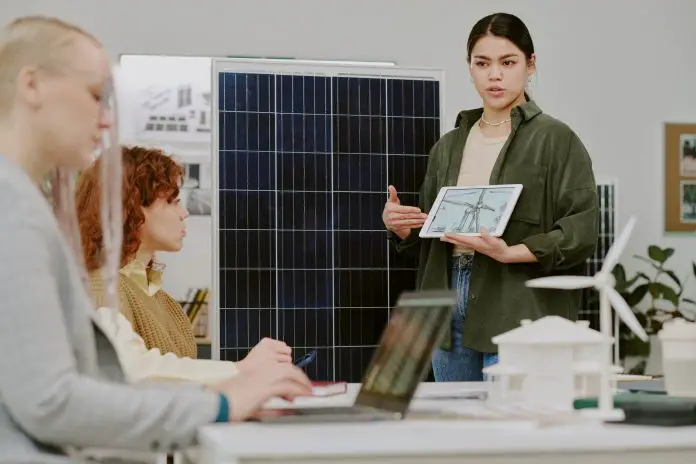U.S. energy consumption is poised for a notable transformation over the next few decades, according to the recently released Annual Energy Outlook 2025 (AEO2025) by the U.S. Energy Information Administration (EIA). The report highlights a decrease in energy consumption through the latter part of this decade, before a projected rise starting in the early 2040s. By 2050, the outlook suggests that energy consumption will remain below 2024 levels across most scenarios drawn from the analysis.
This forecast carries significant implications for small business owners navigating the evolving energy landscape. Understanding the trajectory of energy consumption can influence strategic business decisions, from operational efficiency to energy investments that align with future market demands.
The EIA’s updated AEO2025 incorporates robust methodologies that include a new hydrogen market module alongside enhancements to existing models. “We enhanced many existing modules to better reflect market dynamics and emerging technologies,” an EIA spokesperson noted. Notably, small businesses could benefit from insights gained through these enhancements, particularly those in energy-intensive industries, as they may find opportunities to adapt to or capitalize on shifting consumption patterns.
Additionally, the AEO2025 includes two alternative policy cases that examine the impacts of recent changes in electricity and transportation sectors. For small business owners, this signifies potential shifts in energy cost structures, regulatory environments, and consumer preferences that could affect operational costs and market competitiveness. By keeping abreast of these developments, small businesses can strategically plan for energy procurement and sustainability initiatives.
Key Takeaways from AEO2025:
-
Energy Consumption Trends: Expect a decline in U.S. energy consumption through 2030, followed by an increase starting in the early 2040s.
-
Lower Projections for 2050: Most scenarios indicate energy consumption in 2050 will be lower than 2024 levels, suggesting careful planning is essential for long-term business sustainability.
-
Updated Modeling: The EIA’s introduction of new modules, including those dedicated to hydrogen and carbon capture, signals a growing focus on clean energy technologies.
- Policy Implications: The report reflects energy legislation and regulation as of December 2024, meaning upcoming policies could further alter the forecasts, necessitating continuous monitoring by small business owners.
For many small businesses, the potential challenge will be in adapting to these forecasts amidst rapid technological advancements and evolving regulations. Owners in sectors dependent on traditional energy sources may need to explore alternative energy solutions to remain competitive. As the hydrogen market develops and as carbon capture technologies become more mainstream, businesses that proactively pivot toward sustainable energy practices could enhance resilience against future market fluctuations.
Moreover, fluctuations in energy pricing and the potential impact of upcoming regulations could create cost pressures. Small business owners should consider investing in energy efficiency solutions now to cushion against future costs. This includes upgrading systems, pursuing renewable energy options, and engaging in energy management practices that can result in both operational savings and a lower carbon footprint.
To navigate this evolving landscape, small businesses must remain informed about legislative developments and market trends. Resources such as the full results from AEO2025, available on the EIA’s website, provide valuable insights for business planning and strategy.
As the energy landscape shifts, small businesses that stay ahead in understanding these developments will be better positioned to thrive amid change. The implications of AEO2025 are far-reaching, with the potential for new opportunities as well as challenges that warrant close attention.
For more details, small business owners can access the full AEO2025 report at EIA’s website.
Image Via Envato: AnnaStills



